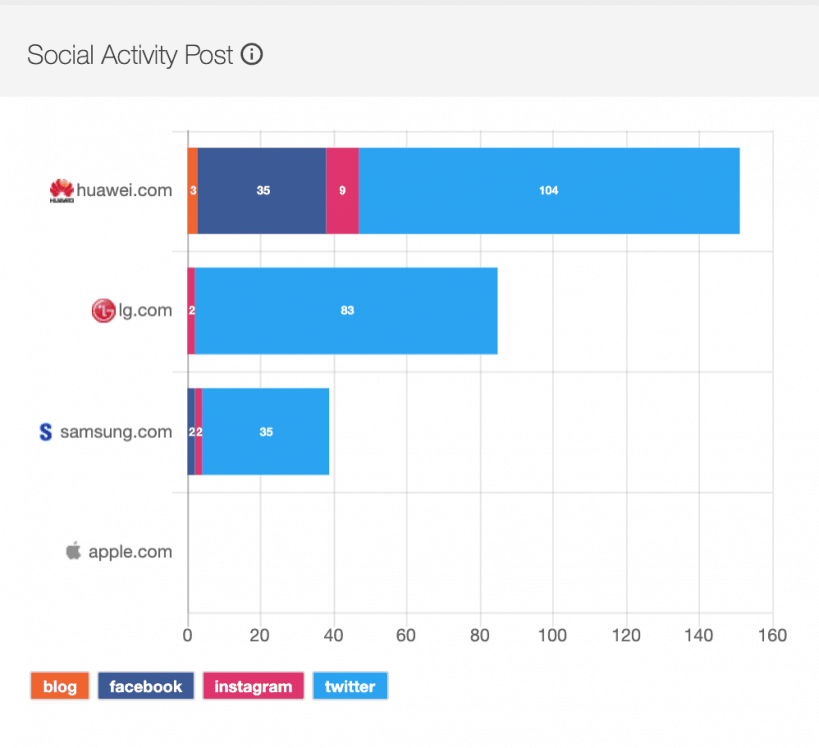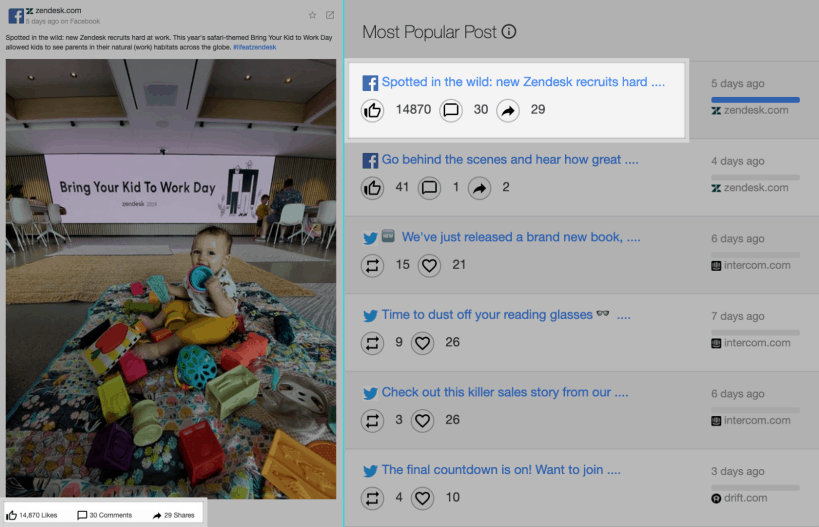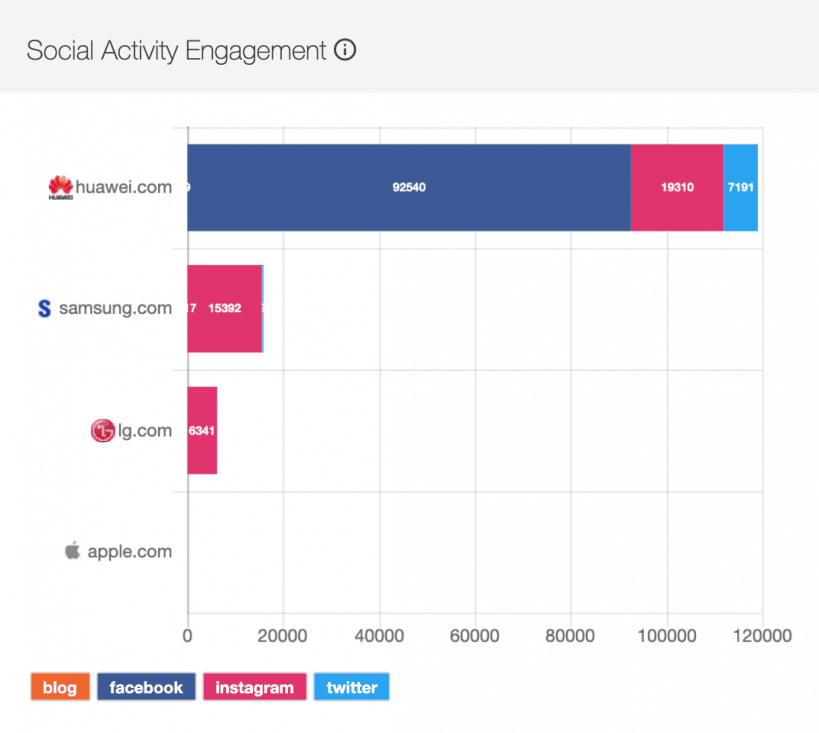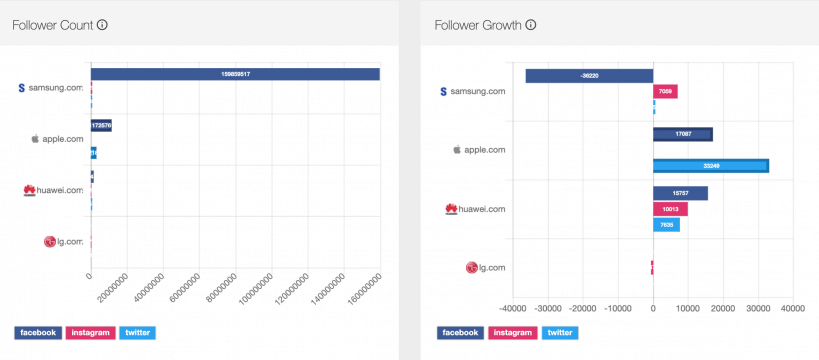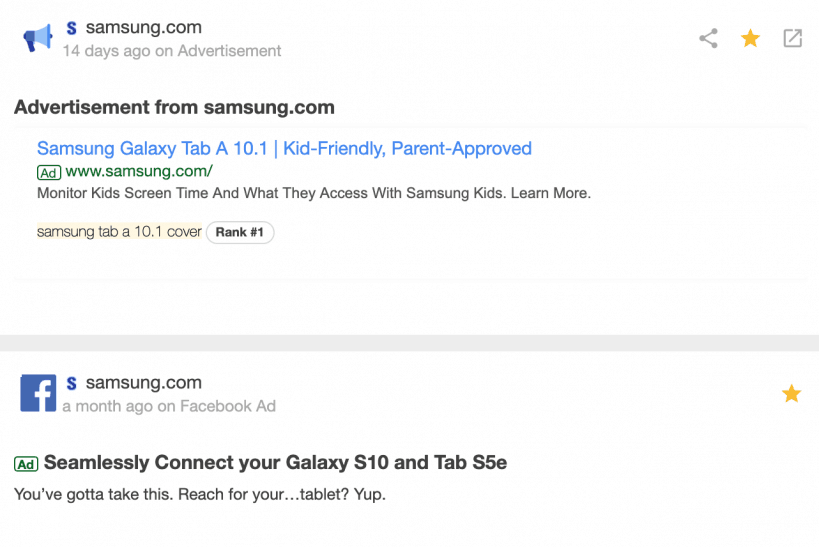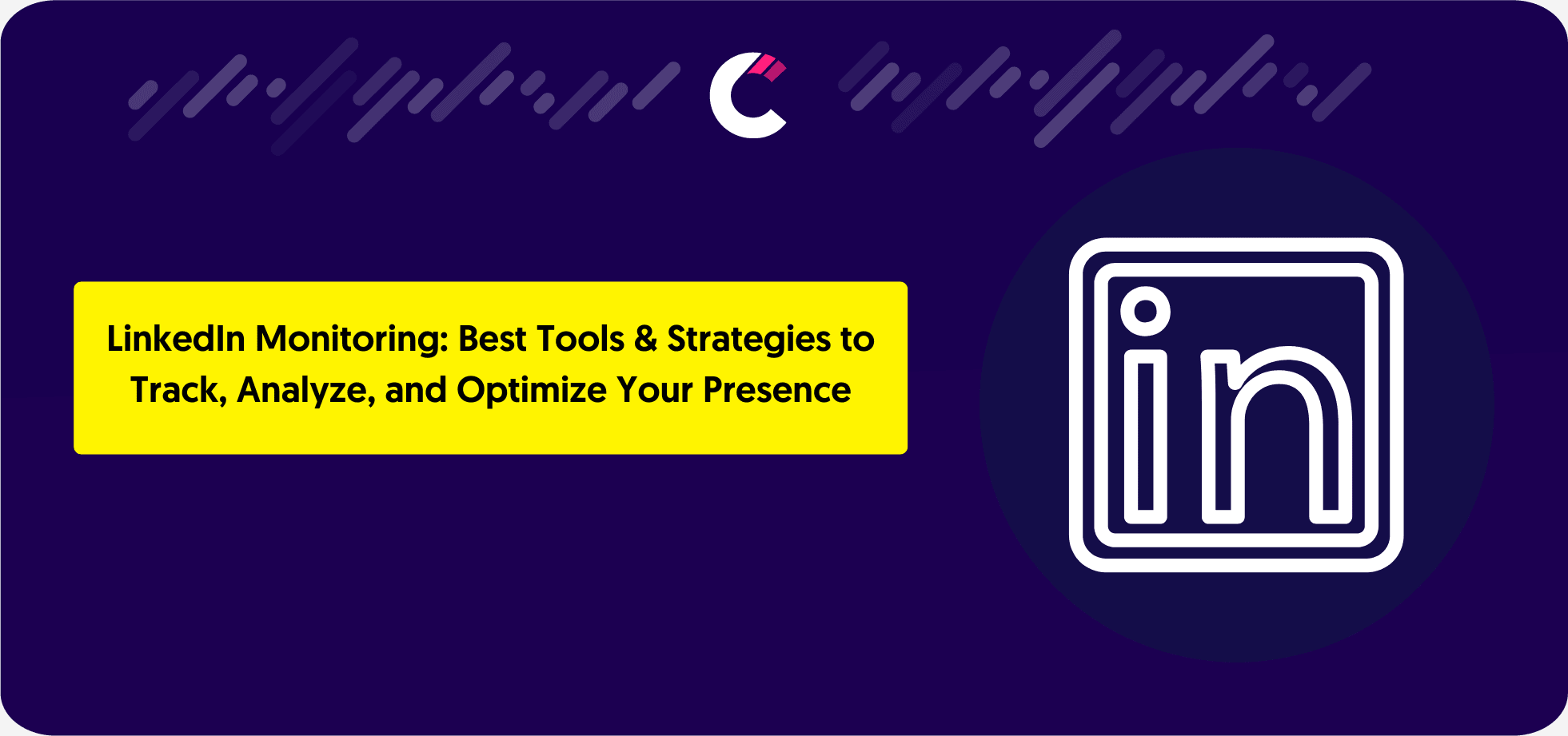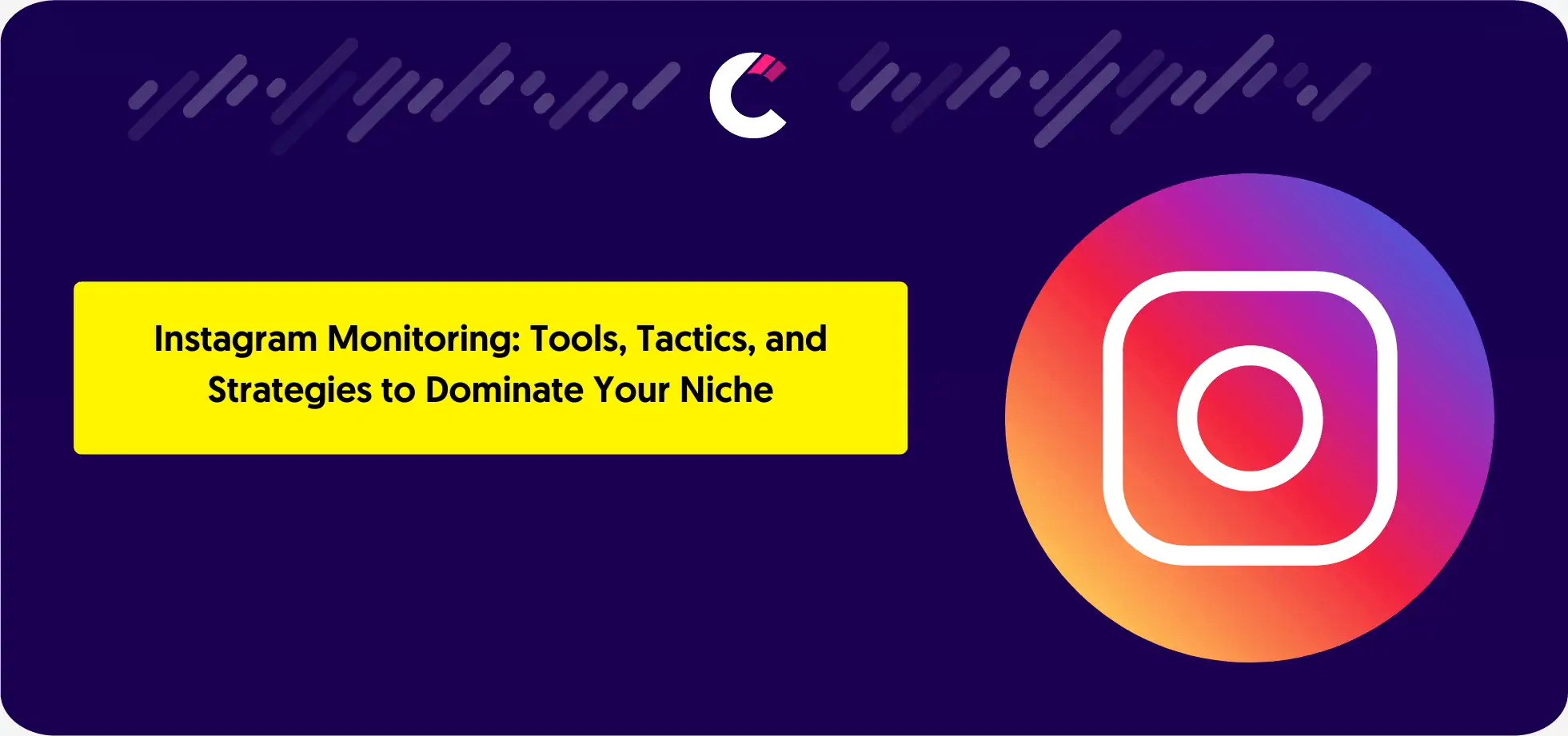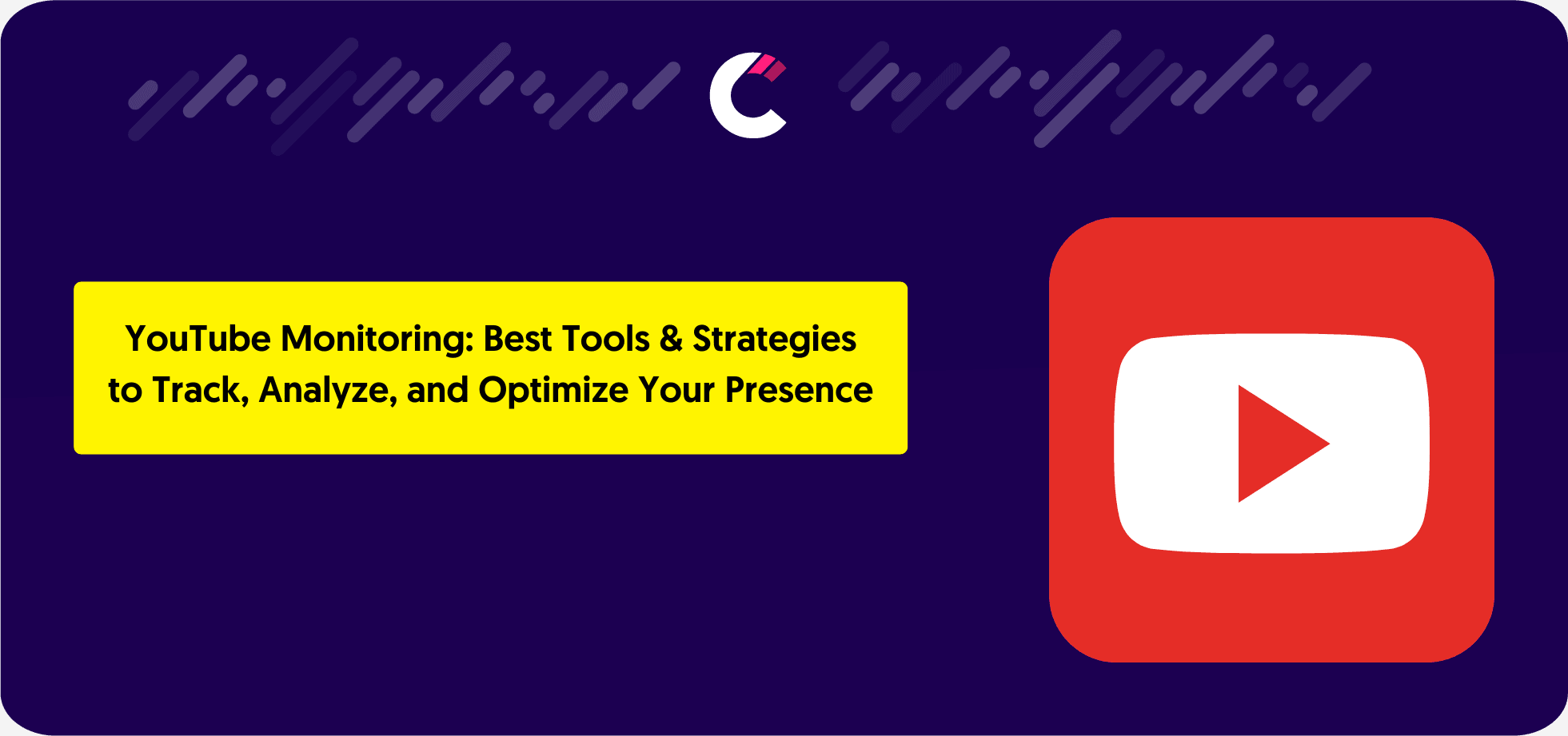What’s competitive analysis and its purpose?
When it comes to business, there are some essential steps to be done to start building from the beginning a solid foundation for your brand. Learning as much as possible and as soon as possible about your competitors and your industry, in general, gives you the right “weapons” to anticipate and face challenges.
One important step is to conduct a useful competitive analysis to evaluate your competitors’ brands. This analysis will give you a better overview of your company’s current state on the market, and it will underline the main differences between your business and competitors’ businesses. The main goal of this analysis is to give you a clear perspective on who is your competition, which are your competitors’ strengths and weaknesses, which are your competitors’ strategies on the market and, the most important question, how can you use those competitors’ insights to improve and further develop your business?
Conducting a competitive analysis should be an essential part of a company’s marketing plan, and it should be done at least one time per year. Still, many marketers are running away from this particular “task” because it takes time and resources, especially when the research is done manually. Luckily, nowadays, there are online tools that monitor competitors’ activities automatically and deliver the gather data to the user so he can be aware of all competitors’ moves without effort and with very little time investment.
Keeping an eye on your competitors, understanding how they execute tactics like marketing, pricing, sales, and trying to guess their future steps will give your company an advantage.
To start evaluating each of your competitors’ actions in different sectors as business, sales, and marketing, you should start by writing down a couple of questions. After finding the proper answers, you’ll gather the right information for a SWOT analysis (Strengths, Weaknesses, Opportunities, & Threats) of your competitors.
How to do a competitive analysis?
Here are the Top 10 questions to start taking into account when planning to conduct a competitive analysis:
- Who are my direct competitors?
- How my competitors are seen on the market? (Brand image; Brand awareness)
- What is the main strength of my competitors? (Products/Services; Unique Selling Proposition; Pricing Structure; Social Media activity; Content strategies; Outstanding Customer Service; Impressive website etc.)
- What’s the weakest area of my competitor? (What are the things that people don’t like about them?)
- What could my competitors do better than my brand does?
- Which are the leading market opportunities that my competitors have identified so far?
- Which seems to be the direction of my competitors on the market?
- In which areas are my competitors a threat to my brand? (Advertising strategies, Content, Engagement, Google Rankings, etc.)
- What is my main advantage over my competitors?
- What could I do better than them?
It’s essential to focus on the right questions regarding your brand and your competitors’ brands when doing a competitive analysis. In this way, you’ll be able to see the right details that will help you to compare their strategies with your owns, so you can better position your company on the market, noticing which are your main gaps and what you have to do to improve.
What are the significant steps in conducting a competitor analysis? (Q&A)
1. Identify your main competitors
Why is it important to identify competitors?
To conduct a competitive analysis, it’s necessary to identify your company’s’ (at least) top five direct competitors. Even if you’re a local, national, or international business, it’s important to have a realistic view of your brand and position and to identify those leading companies you’re competing with.
If, until this moment, you don’t have any clue who your competition is, Google is a great resource and can help you. Just search on Google for the service/product your company offers, and start writing down the results. Inevitably, a few of your top competitors will show up after the Google search.
All you have to do is to be realistic about the results and about who your actual competitors are.
For example, if you’re a small local brand that sells handmade and organic cosmetics, your competitor is not a massive cosmetics retail store located just around the corner, even if they do sell cosmetics. Your competition you should focus on would be another handmade and organic cosmetics shop in the area that is selling the same products as you do.
Another way to discover your direct competitors is by using online tools.
On Competitors App, you can search for your competitors based on the keywords provided. Also, based on your brands’ keywords, we automatically detect new competitors and inform you through email every time a new competitor pops up on the market, so no need to do your research manually.
Once you have identified your top direct competitors, it’s time to go deeper into the analysis and gather information about what differentiates your competitors from your brand and vice-versa. Here’s where the competitive analysis starts.
2. Start “spying on” your competitors.”
“Spying on” your competitors often means conducting competitive research (known as competitive intelligence (CI)) to find out what they are doing or not doing, when, how, but also learning what their position on the market is and what kind of threat do they present to your business.
Why must you do competitive research?
Competitive research refers to collecting and analyzing the information available in the public domain about your competitors as a way to grow and further develop your brand. It should be a priority for each business to continuously identify competitors and keep an eye on their activities, as mentioned before.
Once you’ve discovered who your direct competitors are, you can start to get insights about them and their activities! This process of gathering details on your competitors’ business and activities requires time, especially when you do the research manually.
Don’t forget that your competitors’ data is valuable for your future business strategies, so make sure you access the right sources, or you find the ones who can help you to monitor your competitors’ moves automatically.
3. Get an analysis of competitors’ business
Get an overview of their current state on the market, notice if their market share has been increasing or declining. Also, get a glimpse of their products/services offering, sales format (online or physical location), and their sales volume. Maybe one of your competitors is barely surviving on the market or another one just attracted investments, and you have no idea about it.
Focusing on your competitors’ business details will give you an insight into their trajectory on the market and their current position so you can compare competitors’ brands with yours in terms of business in the present but also the long run.
You can make an idea about how your competitors are perceived on the market by monitoring their reviews on review sites, so you will understand what the audience thinks about their product/service/brand image.
For example, if a competitor has a bad reputation, you could take advantage of their bad management crisis to attract the audience towards your brand.
4. Get an analysis of competitors’ website
How to analyze a competitors’ website?
Pay attention to your competitors’ website. Analyze their front page and try to figure out which are the main “attractions” for the audience. Also, try to analyze a users’ experience on your competitors’ websites, CTA (Call to Action) buttons, and how your competitors are “catching” user’s attention on their website until they become subscribers/customers.
Take a look at the feature page, discover the pricing strategies on the pricing page, and try to put yourself in a users’ shoes. Be objective and try to understand why a user could prefer/purchase your competitors’ product/service instead of choosing yours. Also, keep yourself up to date with your competitors’ website changes.
Being aware of their actions in real-time will give you the possibility to make fast decisions for your advantage.
5. Do a Social Media Competitive Analysis
What type of content do your competitors focus on? Are they blogging? How often? Which topics are discussing? Do they have Social Media activity? On which channels? What type of content do they post? How frequently they post? Do they engage with the audience? How does the audience respond to their posts?
Get a better understanding of what type of content are your competitors’ publishing by analyzing their content. This information can help you to improve your content strategies, to learn from their failures, and why not, to get inspiration from their posts.
Once you know which type of content are your competitors delivering to the audience, the quality, and accuracy of it, you can have a better idea of where you need to invest more effort or resources to start improving your current content strategies.
How do you do a social media competitive analysis?
Track all their Social Media activities, and get notifications every time a competitor posts a new article on the blog, writes something on Twitter, Instagram, or Facebook. Those insights will give you an overview of their Social Media strategies and will help you to re-plan yours.
For example, if your competitors tend to post on Social Media six times per week compared to your one post per week, it will be beneficial for your business to start being more active on Social Media. The same goes for the blog – if your competitor blogs four times per week and get lots of traffic, you should start generating more traffic to your blog by blogging more frequently about relevant topics.
Monitor, analyze results, take notes, and apply competitors’ “receipt” – simple, right?!
An important detail is to analyze what kind of content are your competitors posting? Are they more focused on directing people to homepages, resulting in new leads? Or are they posting visual content to promote engagement and brand awareness? How much of this content is original? Do they post more videos or images? Do they share content from external sources? What is the overall tone of the content?
For example, monitoring your competitors’ social media channels will allow you to see their trajectory over time and to spot the moments when their posts become virals. If a competitor posts candid photos with children/pets/nature and gets engagement, then you should follow his path. Of course, each brand has a different image, and you shouldn’t copy-paste what you see that it’s work for your competitor – try to adapt it to your vision and perspective.
6. Get a competitor analysis of competitors’ content engagement rate
Is the competitors’ content going viral? How many shares, comments, and retweets do their posts get? Should you try to post what you’ve noticed that works for your competitor?
When it comes to marketing, social media presence and engagement rates are the salt and pepper. Analyzing your competitors’ activities on different social media channels and how their targeted audience responds to what they’re posting will underline which platform is worth your time.
For example, if your competitor is very active on Facebook, and you notice that his posts have big engagement, then you’ll not consider investing time and resources to post on Instagram. Your competitor has already “tested” for you, and you should take advantage of this information.
Also, checking the average number of comments, shares, and likes on your competitor’s content will give you hints on which topics resonate better than others and in which cases the audience engages with the content.
7. Track competitors’ number of followers/followers growth
Take note of the quantitative items from each platform, as followers count, followers’ growth, and try to make a connection between their social media activities, campaigns.
8. Conduct competitor analysis for email monitoring
Go to your competitors’ websites and subscribe to their newsletters – it will give you direct access to their marketing messages, and you’ll get insights on their email marketing strategy, content, and frequency. Also, you’ll get to discover how your competitors’ are attracting their customers or which are the loyalty programs that they send to subscribers on email. Monitor your competition newsletters and email account and get to know when your competitors are sending e-mail bonuses and updates – even before their subscribers and customers.
All this data will help you to better structure your email marketing campaigns to be one step ahead of your competitors.
9. Ads Competitors Analysis
How to research your Competitors’ Ads?
Are your competitors running Ads on Google? Or Facebook? On which keyword? What’s their copy like? Discover their most used keywords, monitor all of your competitors’ PPC campaigns, and gather all the insights you need to create better Google Ad campaigns.
10. SEO Competitors Analysis
How to do an SEO competitive analysis?
If your company has a blog, then you know how vital your SEO structure is. An essential step in conducting a competitive analysis of your competitors’ content is to check out the SEO structure of that content and also what types of keywords are they using.
Also, having a better keyword ranking than your competitors is crucial. Monitor your competitors’ keyword ranking continuously and get to understand their keyword activities. Those insights will help you to focus your SEO and backlink building efforts on where you need the most. + by looking at your competitors’ keywords, you can generate a list of additional keywords that you can start to target.
Conducting competitor analysis: gathering results and plan improvements
After conducting a competitive analysis, you should have a better perspective and understanding of what your competitors are doing and a more unobstructed view of your brand position on the market. The last significant step after performing competitive research is to compare your business with your competitors’ brands, based on the data you gathered following the steps mentioned before.
The best way to this comparison is by performing a SWOT analysis for each of your competitors. This will help you to identify your strengths and weaknesses, and in turn, identify your future opportunities and threats. Once you complete this last step, you’ll have a clear picture of your next moves on how to improve your business and how you can overcome your competitors. You will be able to identify key areas that need improvement regards to your content creation, SEO, and social media engagement. Still, you can also help establish your company’s presence with potential subscribers, blog readers, users.
Why is a competitor analysis important?
In conclusion, competitor analysis is extremely important because it helps you to identify your competitors’ strengths, weaknesses, and industry trends. Also, it shows an insight into your competitors’ marketing campaigns and strategies. It gives you a clear perspective of the things that your potential audience prefers so you can plan your strategy accordingly.
Competitors App helps you to monitor your competitors’ activities automatically, so you can save time and resources while gathering competition insights. Sign in for a 15 days free trial period, and take advantage of all features to learn how your competitors’ are crafting their strategies.


